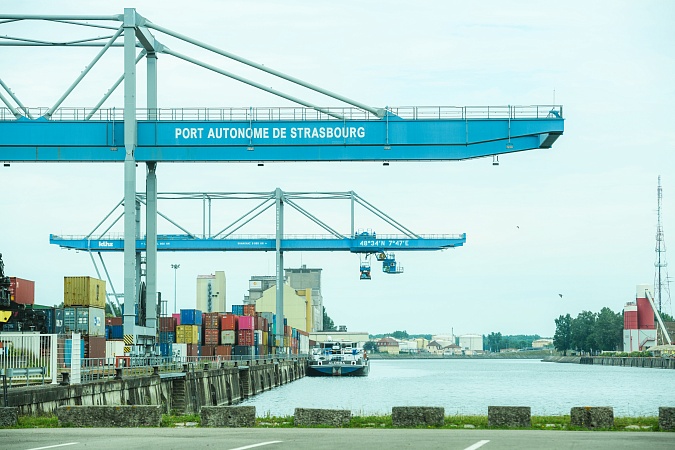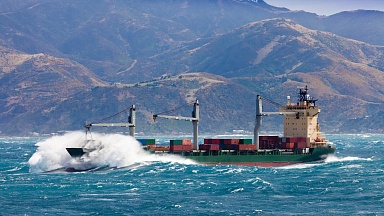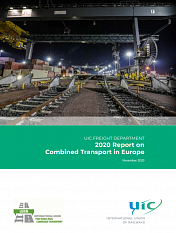Fresh outbreaks of Covid-19 among air cargo handlers in Shanghai and other Chinese airports that are causing cancellations and a lot of uncertainty for ex-China air cargo are also pushing up air cargo rates, with spot prices ex-Shanghai rising 15-25% to US destinations this week and 12-15% to airports in Europe, new data from digital rates specialist Freightos reveal.
These prices «are double their level a year ago and are at their highest point since May 2020 when the industry was under extreme pressure due to the rush on PPE», highlighted Judah Levine, head of research at Freightos.
As reported today in Lloyd’s Loading List, disruptions and delays to air freight shipments through China’s largest cargo airport, Shanghai Pudong International (PVG), are mounting as new coronavirus infections have led to the closure of one of PVG’s main cargo terminals, reduced handling and customs capacity, and triggered flight cancellations, putting further pressure on already constrained capacity. As a result, airlines and freight forwarders have been scrambling to divert cargo shipments and deliveries to other airports or seek alternative capacity solutions.
On the ocean side, Freightos highlighted that the ocean freight container shipping terminal affected by a recent covid outbreak in Ningbo «resumed partial operations this week, with a return to full capacity expected late next week, even as outbreaks in Vietnam are shutting down factories just as retailers are clamouring for peak season orders».
Levine noted that «the disruption in Ningbo was not as bad as feared, but has created a backlog in Ningbo and caused unwelcomed additional congestion at alternate ports in the region. Though the latest ocean freight crisis did not push ocean rates up significantly this week, it is one more factor constraining capacity through delays and keeping rates at record highs, with transpacific rates more than 400% higher than the already elevated rates of a year ago, and Asia-US East Coast prices above $20K/FEU.»
But Levine noted that decisions by Walmart and semiconductor-maker TSMC to join Home Depot on the short list of businesses «taking the drastic and expensive step of chartering their own container ship in the name of logistics stability» may be seen as «another sign that ocean delays and scarce space with the holiday season rapidly approaching are being felt by big and small importers alike».
And he stressed that «the capacity shortage is not just on the ocean side. In addition to the continuing rail backlogs, logistics providers are also struggling to find enough warehouse workers and truck drivers to handle the peak season surge». That’s in addition to the air cargo challenges, «as outbreaks among ground handlers in Shanghai and other Chinese airports are resulting in cancelled flights and a lot of uncertainty».





